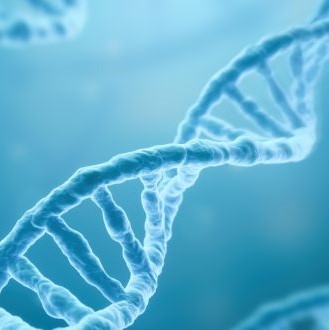Science News from Beste Mutlu: Genome-edited Babies

On November 26, 2018, Chinese researcher He Jiankui announced that he had produced the first babies with edited genomes, followed by an outcry from the scientific community [1]. His research presentation at a gene-editing summit in Hong Kong failed to satisfy his critics, who found his experiment premature, unnecessary, largely useless and irresponsible.
Despite the absence of a peer-reviewed publication, we know most of the details of He Jianku’s experiment. His goal was to modify embryos in a way that made them resistant to HIV infection, a virus that weakens the immune system. For this purpose, he targeted the CCR5 gene, a receptor on the surface of white blood cells, which the virus uses to latch onto cells. He impregnated a woman with these embryos and twin daughters were born. Many scientists believe that germ-line editing in humans raises ethical concerns and should be strictly regulated. Only cases where the edit will cure a medical condition with almost 100% certainty should be approved. Sadly, He’s approach fails to fulfill these criteria and was only possible due to a lack of oversight.
The importance of the CCR5 gene in developing resistance to HIV infections was already well established: It was already known that 10% of the people in Europe and United States naturally inherited a variant of CCR5 called CCR5-Δ32 from a single parent. 1% of the population who inherited CCR5-Δ32 from both parents were 100 times less likely to be infected by HIV [2]. In 2007, a HIV infected man was cured after a bone-marrow transplant from a donor that had two copies of CCR5-Δ32 [3]. So mimicking this mutation through genome-editing would have made a lot of sense. However, there are claims that He introduced different mutations to CCR5, none of which have been studied in animal models, making them potentially ineffective or worse, dangerous. Moreover, one of the twins only had a single copy of edited CCR5, which would not be sufficient for HIV resistance.
He Jianku is now being investigated by the Chinese government, amidst concerns that his actions could stall research and efforts to bring genome editing to patients. His attempt comes after speculations and discussions about “designer babies” since the 2000s and was made feasible by the breakthrough discovery of CRISPR-Cas9 technology for genome-editing in 2012 [4,5]. Time will show if this is the beginning of a new era.
References
1. Cyranoski D, Ledford H. Genome-edited baby claim provokes international outcry. Nature. 2018;563: 607–608.
2. Samson M, Libert F, Doranz BJ, Rucker J, Liesnard C, Farber C-M, et al. Resistance to HIV-1 infection in Caucasian individuals bearing mutant alleles of the CCR-5 chemokine receptor gene. Nature. 1996;382: 722–725.
3. Cohen J. The Emerging Race to Cure HIV Infections. Science. 2011;332: 784–789.
4. Jinek M, Chylinski K, Fonfara I, Hauer M, Doudna JA, Charpentier E. A Programmable Dual-RNA-Guided DNA Endonuclease in Adaptive Bacterial Immunity. Science. 2012;337: 816–821.
5. Cong L, Ran FA, Cox D, Lin S, Barretto R, Habib N, et al. Multiplex genome engineering using CRISPR/Cas systems. Science. 2013;339: 819–23.